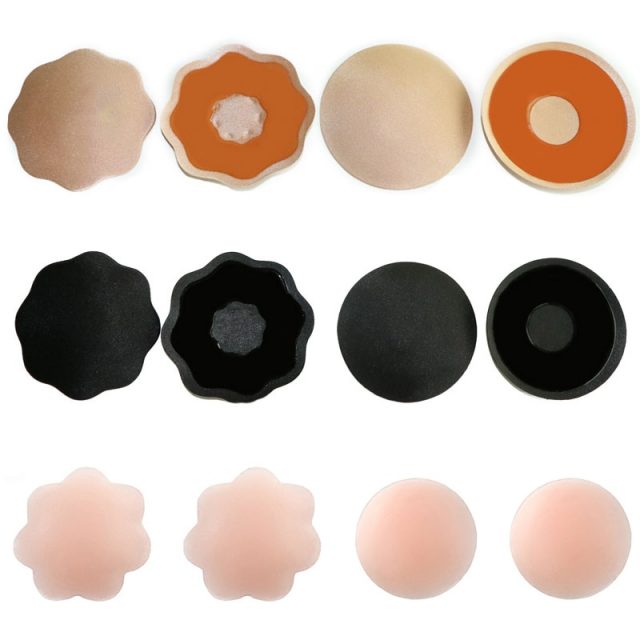Some Known Facts About "Understanding the Relationship Between Nipple Shields and Infant Gas".

Can Nipple Shields Cause Gas in Babies? Looking into the Connection
Nipple defenses are a popular device utilized by breastfeeding mamas to support along with several breastfeeding obstacle. They are generally created of slim, pliable silicone and positioned over the mommy's nipple in the course of breastfeeding. Areola covers can easily help along with problems such as flat or inverted nipples, painful latch, or overactive frustration. While nipple guards may be favorable in specific conditions, there is actually some concern that they may cause fuel in children. In this blog message, we will look into the hookup between nipple defenses and gas in little ones.
Fuel is a popular complication for numerous infants, resulting in distress and fussiness. It takes place when sky gets trapped in the digestive system in the course of feeding or with other means. Some parents have reported an rise in fuel symptoms when making use of nipple area shields, leading to speculation concerning a achievable connection.
One idea suggests that the usage of areola shields may interfere along with effective latching and add to too much sky consumption during eatings. When little ones don't lock directly onto the bust and instead depend on the defense, they may not be able to generate a limited tape around the areola. This below par tape may lead in boosted sky swallowing while feeding, likely leading to more fuel.
An additional facet to consider is that areola covers may affect milk circulation aspects. The guard acts as an added obstacle between the mom's boob and baby's oral cavity, potentially affecting how dairy circulates from boob to little one. If milk circulation comes to be too fast or jagged due to poor defense positioning or fit, it can lead in increased air intake and succeeding gas signs.
Nevertheless, A Good Read to keep in mind that there is actuallyn't considerable scientific analysis primarily resolving the link between areola guards and gas in infants. A lot of researches on this subject matter concentration on other components of breastfeeding along with nipple shields instead than their direct effect on baby digestive function.

While historical evidence exists concerning enhanced gas symptoms linked with nipple defense make use of, every child is unique and might answer differently. Some little ones might experience no issues along with gas while utilizing nipple covers, while others might show indicators of soreness. It's important for moms and dads to very closely note their child's actions and speak to with a lactation expert or medical care company if they possess worries.
If a parent reckons that nipple area guards are triggering gasoline in their little one, there are numerous steps they can take to take care of the issue. First, guaranteeing proper positioning and fit of the defense is important. Working along with a lactation professional can aid make sure proper alignment and lessen possible air consumption.
Additionally, parents should monitor their little one's catch while utilizing a nipple guard. Encouraging a deep catch can easily aid minimize air swallowing in the course of eatings. Techniques such as bosom compression or sharing some dairy before using the shield may also assist in enhancing dairy circulation aspects and reducing gas symptoms.
It is worth discussing that areola shields should not be used as a long-term answer without specialist advice. While they can be handy in particular scenarios, they are meant for short-lived make use of until breastfeeding challenges are addressed.
In final thought, while there is actually historical proof advising a possible link between nipple covers and improved gasoline signs and symptoms in babies, scientific investigation on this specific subject is restricted. Nipple guards might potentially interfere with appropriate latching and alter milk circulation aspects, which could possibly contribute to excessive sky consumption during the course of eatings. Having said that, every child is various, and some might not experience any sort of concerns along with gasoline while using nipple covers. Moms and dads need to carefully note their infant's habits and find professional guidance if concerns arise. Effective positioning and fit of the cover, along along with encouraging a deeper catch, can easily aid lessen potential sky swallowing throughout feeding sessions. As always, seeking advice from with a lactation expert or healthcare company is crucial for personalized advice customized to private scenarios.
800 phrases
